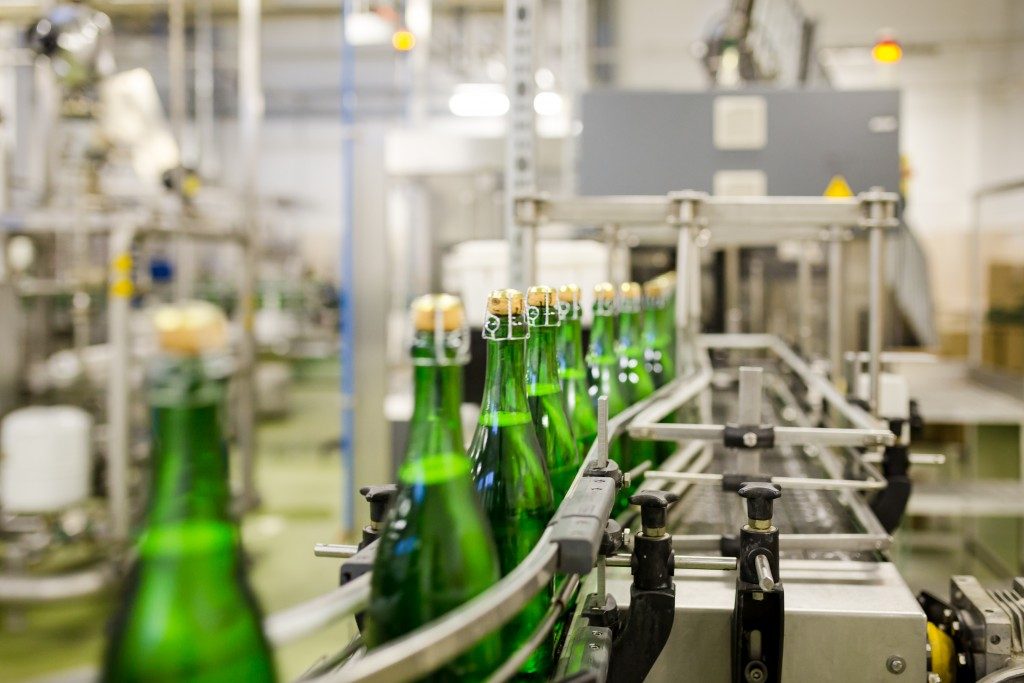Filling machines are an essential part of most industries. In the past, there was typically one solution for a filler, so the choice of the best machine was not so hard. Nowadays, however, there are various options and choosing the ideal machine is not as easy.
One of the elements to guide your choice is your product type and its viscosity, PH and foam level, and particulate size. Good thing, there are different machines from liquid filling equipment manufacturers that are ideal for fluids of different viscosities, PH levels, and particulate sizes. One of the key elements to differentiate these are their metering systems.
The following are among the common types of metering systems used for liquid filers:
Turbine Meters
These are the conventional options for metering in liquid fillers, as they have a high level of accuracy, and they maintain their reliability throughout their useful life — provided that you install a proven calibrated system at regular intervals through their length in your production process.
Helical-type turbine meters will suffice for highly viscous liquids like oils, and they contain special bearings that allow their use with condensates with low lubrication. As such, these meters are generally used for petrochemical plants and refineries.
Orifice Plate Flow Meter
The fluid flow in this type of metering device is measured using the pressure difference from the upstream to the downstream sides of partially obstructed pipes in your filling machine. The plate that impedes a liquid’s flow provides a precise obstruction, which then constricts the tube and forces the fluid to constrict.
In orifice plate flow meters, the turndown ratio is not more than 5:1. The degree of accuracy of this metering device is dependent on a suitable shape of the orifice plate, its level of wear, and a sharp edge on the upstream side.
Venturi Tube Flow Meter

This is used in applications that call for a high turndown ratio or a lower pressure drop than an orifice plate flow meter can provide. The flow rate in a venturi tube flow meter will be measured by reducing the cross-sectional area of flow in a filler’s flow path, which generates a pressure difference. You can reduce the flow rate of a venturi tube to approximately 10% of its scale range, provided that you have a proper accuracy. This way, your filler will have a 10:1 turndown rate.
Rotameters or Variable Area Flowmeters
These comprise of a vertical plastic or tube that has a large top and a metering float, which moves freely within the tube. The liquid’s flow will cause the float to rise as the fluid’s buoyancy and upward pressure differential overcomes the gravity effect in your machine. The tube will be graduated and calibrated in specific flow units with a turndown ratio of 12:1.
The above metering devices will make a considerable difference in the accuracy of your filling machine. Take the time to pick one that will meet your liquid’s properties and your industry’s filling requirements. The devices will also match specific machines, so you should ensure that the device you pick can be used with your machine.
